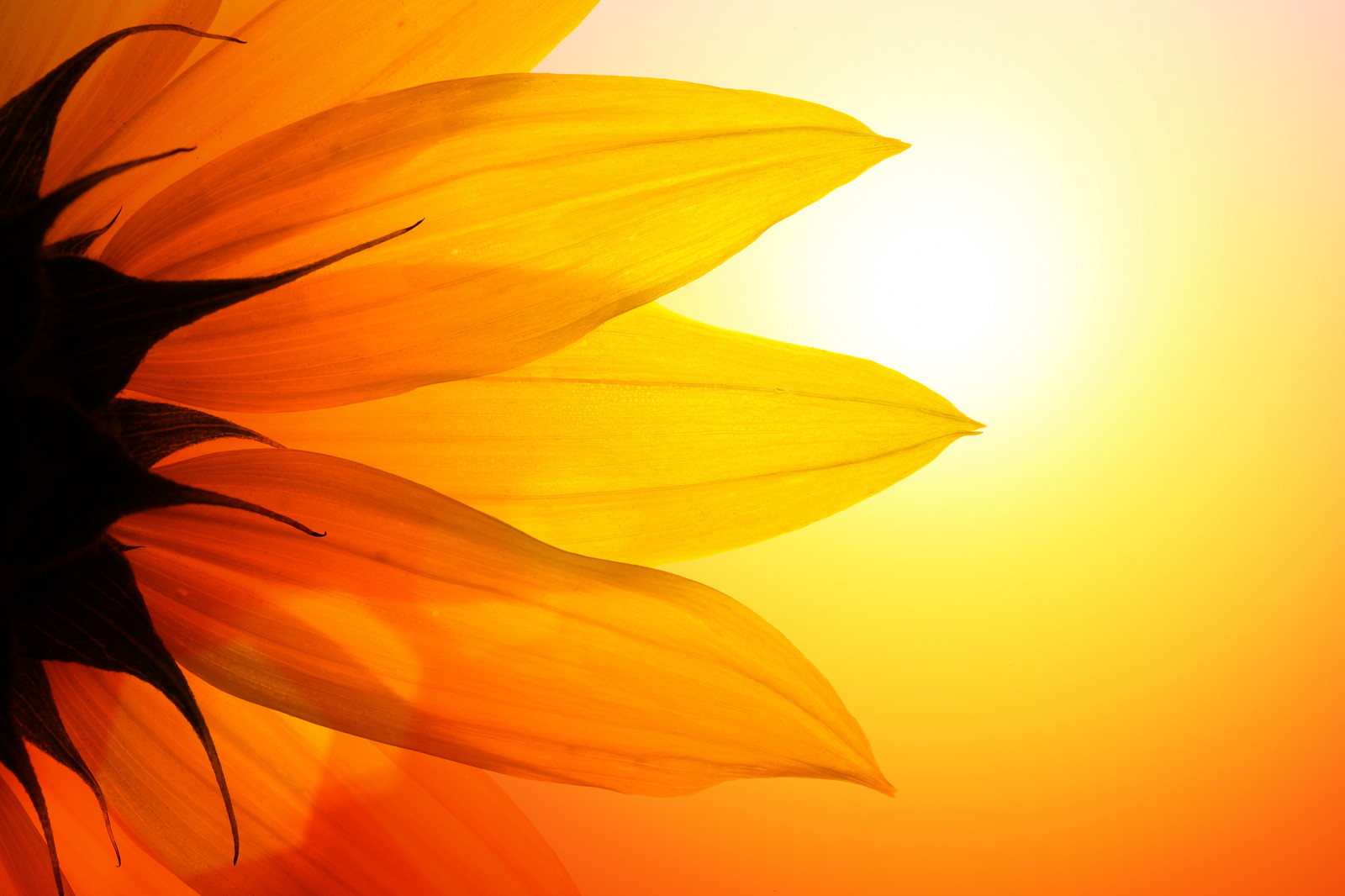I understand there is a huge amount of information about essential oils out there. It can all be overwhelming! I decided to write this post because in the last few months I have been having a lot of conversations with people about essential oil safety. As a certified clinical aromatherapist, I am excited about people’s interest in EO’s and concerned for the lack of information people have as they use them.
I thought if I tried to narrow down some of the necessary safety information it may help people use EO’s more safely.
I am giving out what I will call my Aromatherapy 101. It has the safety basics of essential oil use. This is just a beginning and I always advocate doing your own homework. Get a good essential oil safety book, there a few really good ones out there. Here it goes………
Beginning basics and safety:
Dilution
Essential Oils should always be diluted. You can use jojoba oil, vegetable oil or something like apricot or almond oil. For whole body lotions and massage oils essential oils can be used at 1-3%; Facial applications 0.5-1%; Pain or wounds 5-15%.
Children and the elderly should use much less 0.5-1%. If pregnant or taking medications, you need to be particularly careful since essential oils can interfere with the metabolism of some drugs. It is not recommended to use essential oils with children under 2. There are a few exceptions like rose. Hydrosols are a better avenue for children under 2 yrs. Of age.
Ingestion
I do not think that the average person should ingest essential oils. Even as an aromatherapist there are only a few oils that I would ingest. While essential oils may be natural, they can be extremely potent. Ingesting essential oils without proper knowledge could be dangerous.
Eyes
Never put EO’s in the eye. What to do if you (1) get an EO in your eye on accident (2) EO irritates or burns the skin. Use milk to flush or wash it off. Water can make it worse. The fat from the milk will soothe the irritation.
Allergic Reactions
Allergic reactions can sometimes happen. An allergic reaction could range from mild redness of the skin, red and slightly thickened skin, red swollen skin, water blisters to intense swelling, redness and large blisters. If any of these symptoms occur discontinue use of the essential oil that is causing the reaction.
Diffusion
A cold air diffuser should be used. Never use heat with oils since they are volatile. The oil will evaporate and or break down under heat. The benefits you will get from the oil will be less than with a cold air diffuser. Many are on the market, I recommend one that has a timer so that you can regulate how much you are diffusing.
Symptoms that may indicate you are diffusing too much: Headache, nausea, dizziness, shortness of breath. If this happens, move to an area with fresh air.
Diffusing all day, every day is not recommended. When you inhale an essential oil, as much as 70% can be adsorbed. That is a lot of essential oil to adsorb into your body. If you are diffusing a lot, you are exposing yourself to a higher chance of sensitization. EO’s filter themselves through the liver and kidney, you could be unnecessarily taxing your organs by overexposure. Recommended diffusing times…..3-4 hrs a day. Not all at once, but 30min. on, 30min. off.
Photosensitivity
EO’s can cause photosensitivity-meaning that you should be extra careful when exposed to UV or sunlight. Diffusing them will not cause this-topical application could cause this. Citrus EO’s such as pressed lemon, lime, grapefruit and bergamot oil can cause sensitivity to the sun if applied to the skin.
If using one of these oils do not expose the area for 12-24hrs. Make sure to cover the area that EO was applied to so that it is not exposed to sun or UV. (Could cause sunburn.) This is especially important for people on medications who could already be at risk to the sun because of medications.
Nomenclature for Essential Oils
Making sure that you use the correct latin name when buying the essential oil. An example…Lavender is known as Lavendula angustifolia (officinalis). Do not mistake this with lavendula abrialis which is Lavendin and has very different properties than Lavender.
Buying Essential Oils
Where should you buy your EO’s. When making your decision the two most important qualifications are these: (1) they should be organic, unsprayed or wildcrafted ;(2) they should be a very high quality grade. EO’s are very concentrated and if they are not organic or unsprayed then you are getting concentrated pesticide with it. High quality grade is important because some companies will put additives into their oils, thus diluting the oil and reducing the effectiveness of the oil. Some companies publish their testing results on their sites. This is a great way to know that your oils contain what they are supposed to.

